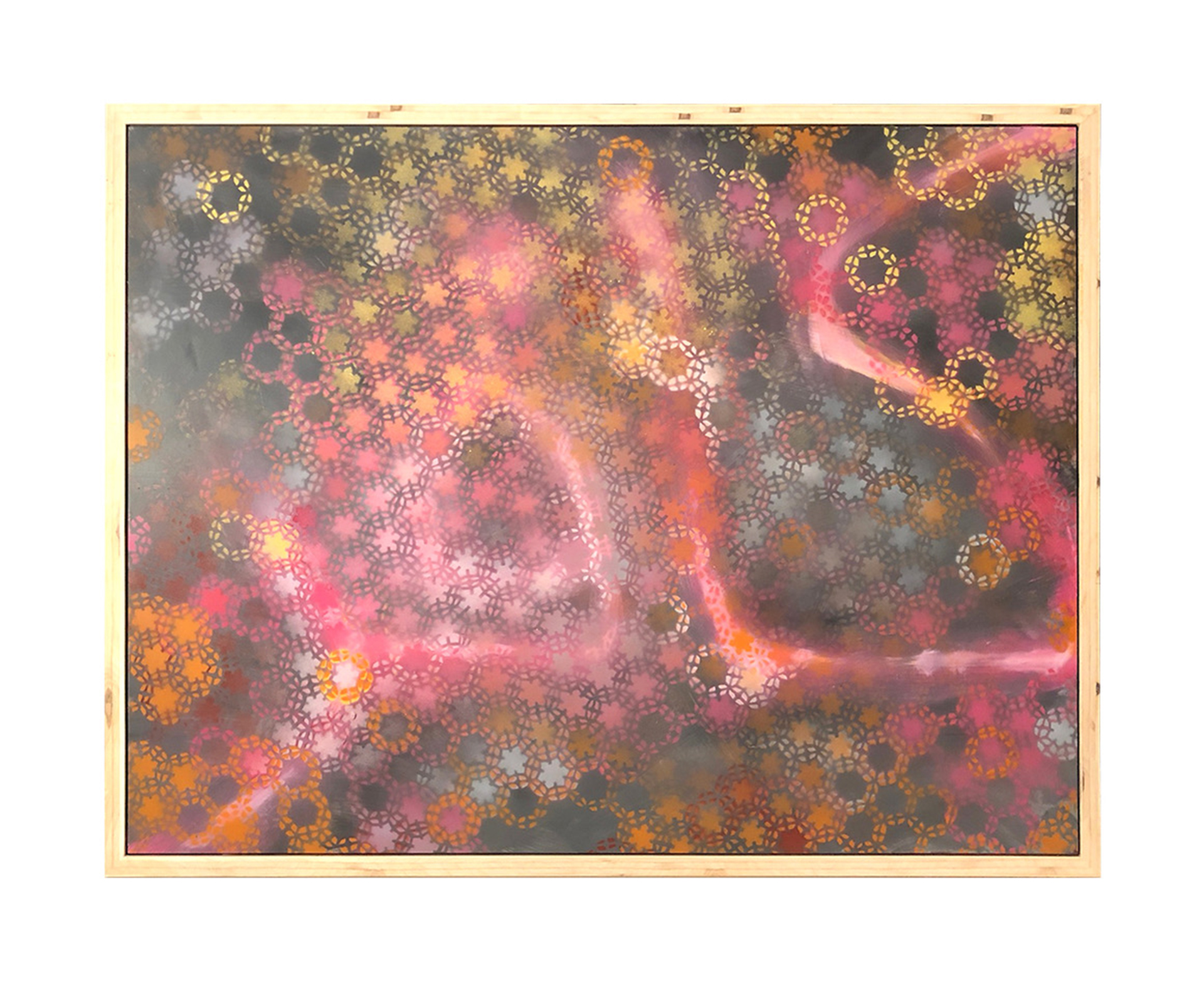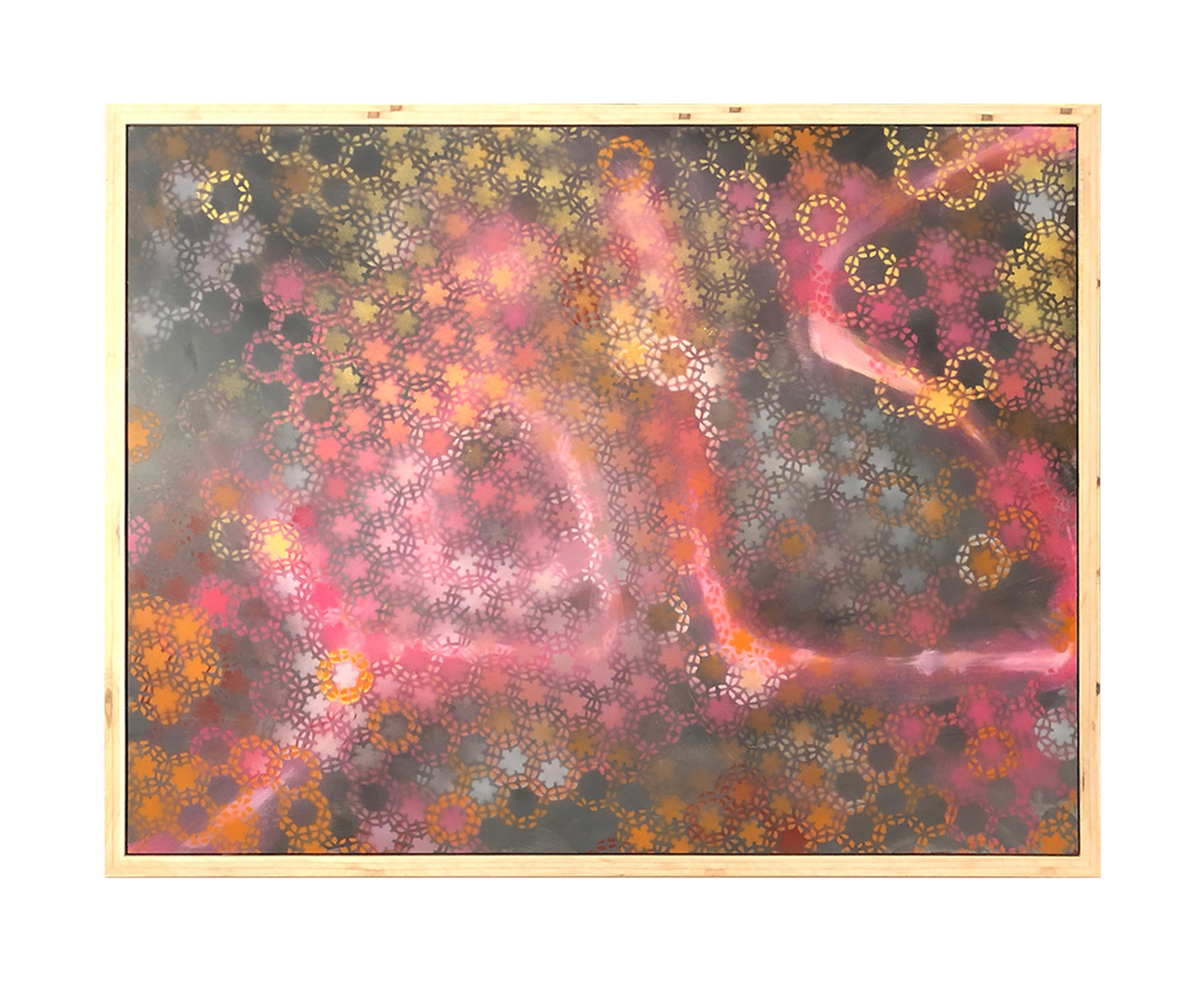Hope Challenges Hate Speech


Erling Hope, East End painter, sculptor, and custom furniture maker, recently joined 22 other U.S. artists in a timely significant art exhibit in Manhattan. Called “On the Consequences of Hate Speech,” the paintings and mixed media pieces originated from disturbing current events and headline expressions of racism, anti-Semitism, and related demonization of the other.
The exhibit, curated by Rachel Kanter with the assistance of Robin Atlas and Nancy Current, ran through the 2018 holiday season. Held at the Manny Cantor Center on the Lower East Side, the show illustrated the mission of its sponsoring organizations as well as Hope’s life-long passionate exploration of art as a way to try to counter the pernicious, divisive cultural beliefs that reflect and provoke man’s inhumanity to man.
“Consequences” was held under the auspices of The Jewish Art Salon, an international association of contemporary Jewish visual art, whose co-founder and director Yona Verwer, a Dutch-born multimedia artist, was also represented in the show. Verwer notes that though the guiding principle of the salon is to explore Jewish-themed art, artists from other faiths and cultures are always invited to participate. The abovementioned exhibit included, for example, works by a Catholic priest and a Muslim.
Hope, who has described himself as a “skeptical person of faith,” is a member of the nonprofit Society for the Arts, Religion, and Contemporary Culture, and for three years was a pastoral clerk for the Peconic Bay Religious Society of Friends. He also has done extensive work for East End synagogues and churches.
“I have been torn and fascinated by the ways that (so-called) belief undermines faith for individuals, and the ways that (destructive) belief has become a central destructive force for our time,” he declares in an artist’s statement.
His two works that were in the JAS exhibit, “Kafir I” and “Kafir II,” were created last year as “part of a series exploring the dynamics of language in belief systems.” He engages a wider world than most religions do, and opposes conspiracy theorists who stoke fear and despair. “Kafir” is an Arabic word that means covering as well as infidel or unbeliever in order to provoke viewers into recognition, and then rejection of the slur. He would also show how — on canvas — insults and derision often come encased in attractive contexts.
Hope’s abstracts are beautiful tonal compositions, suffusions of red, coral, pink, purple, white, orange, yellow; circles that shade, in spots, into contrasting darker pigment. Patterns of identical six-bead circular designs interlock like a chain or necklace, but on closer inspection, the blurry word “kafir” emerges and recedes, depending on viewing distance and light.
Indy chatted with Hope in a Wainscott home he is helping to design that has an overall color scheme of tonal blacks and grays. He said he sees a connection with his work as a high-end interior craftsman and his “Kafir” paintings, noting both as “spiritual inquiries” into a material world that he would invest with texture and harmony — art that makes a unifying statement against the often aggressive, isolating features of our market-driven culture.
For more information about JAS, log onto www.Jewishartsalon.org. Hope’s work can be viewed at www.erlinghope.com.



